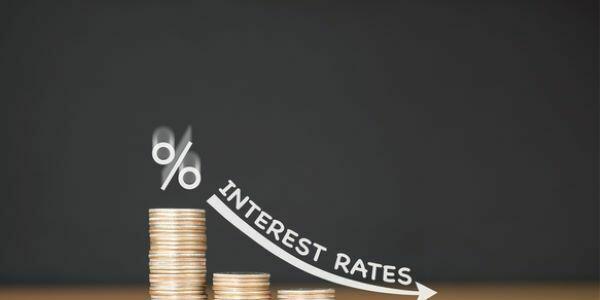
Property Report - Issue 97
17/2/2025At the time of writing this article the country was anticipating an interest rate cut by mid February. But whether this has occurred or not before our next property report, it is crucial for the Labor government to see it happen before the election is called by May. The Summer of 2025 has navigated a landscape shaped by global disruptions particularly in the U.S., domestic economic adjustments, and the continuing evolution of consumer behaviour. The Reserve Bank of Australia's (RBA) upcoming decisions on interest rates is highly anticipated. With annual underlying inflation at 3.2%, disinflation occurring faster than expected within a 3 month period, and the unemployment rate holding steady at 4%, the economy presents a complex picture. Financial markets suggested a 74% probability of a February rate cut, a move that would mark the first reduction in over 4 years and potentially reignite the local real estate market that has moved somewhat sideways for 3 years. Such a decision could set the stage for further cuts coinciding with Australia's election period. The RBA will be watching the figures closely to avoid any spikes due to a boost in confidence. The return of Donald Trump to the U.S. presidency adds a layer of global uncertainty. His agenda, which includes tax reforms and tariffs, deregulation of oil and gas exploration, and a rollback of international cooperation, has already begun to influence global markets in the first quarter. Domestically, PM Anthony Albanese's government is striving to maintain stability. However the last Prime Minister to successfully negotiate an exemption from tariffs on steel and aluminium with Trump was Malcolm Turnbull. For the real estate market, these global shifts may lead to fluctuating demand and pricing, and cost of building may also be impacted. Additionally, the pressure on Australia to revisit tax policy in light of U.S. changes could influence investment patterns, particularly in high-value markets. High borrowing costs have slowed the construction sector, with new housing approvals declining month-on-month. Economists forecast a 4% increase in approvals for FY2025, but further rate cuts are essential to sustain this recovery. Builders face continuing pressure to balance costs without sacrificing profitability. This in turn has significantly impacted the local land sales market over the past 3 years. With land sales down, the construction industry continues to grapple with high financing costs and labour shortages. Perhaps a shift in government infrastructure spending may balance the jobs sector, as public-sector aligned jobs now equate to over 31% of employment in Australia. Insolvencies within the building sector have risen by 28% year-on-year, highlighting the fragility of current conditions, making it a lot harder for buyers to feel confident in choosing a builder they can trust. We need to see a shift in a buyers market with no compass on value, to a steady trajectory back to healthy demand, and a balance in house and land sales across the board. The anticipated rate cuts could provide much-needed stimulus, bolstering buyer confidence and market activity. This is a dynamic market landscape, and while challenges persist, opportunities are there for those prepared to leverage the evolving conditions. Let’s see what Autumn brings; interest rate cuts, a new government, and hopefully a return to a stable market.
Read blog





